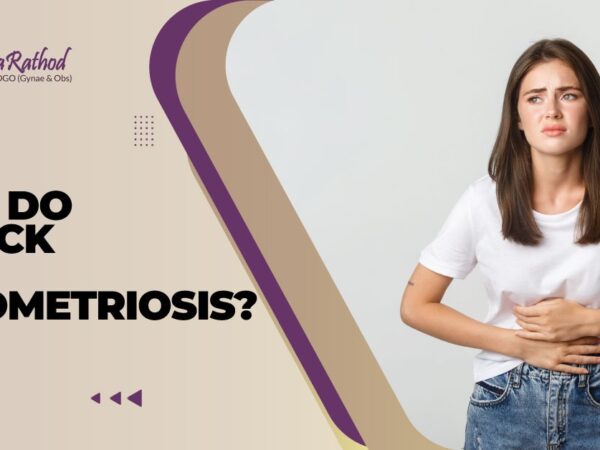Endometriosis (en-doe-me-tree-O-sis) is an often-painful disorder in which tissue similar to the tissue that normally lines the inside of your uterus — the endometrium — grows outside your uterus. Endometriosis most commonly involves your ovaries, fallopian tubes, and the tissue lining your pelvis. Rarely, endometrial-like tissue may be found beyond the area where pelvic organs are located. Endometriosis can cause pain — sometimes severe — especially during menstrual periods. Fertility problems also may develop. Fortunately, effective treatments are available.
The struggle to get an endometriosis diagnosis
It’s difficult to know how common endometriosis is because the diagnosis is so complicated.
Symptoms Differ Greatly:
Endometriosis symptoms can differ greatly from person to person. Most people with endometriosis present with pelvic pain and dysmenorrhea (painful menstruation). These symptoms can be mistaken for normal menstrual symptoms, especially if they are present from the first period. Other people with endometriosis may have bowel and/or urinary pain as their predominant symptoms. Another reason for delayed diagnosis is likely due to hormonal symptom suppression. When the reproductive hormones stop cycling because of pregnancy, breastfeeding, or the use of hormonal contraceptives, pain symptoms may temporarily stop, and a person with endometriosis may not seek medical help.
Treating Endometriosis With surgery:
Surgery for endometriosis aims to remove as much visible endometriosis as possible and to repair any damage caused by the condition. Endometriosis is seen as implants (patches of endometriosis), cysts, nodules, endometriomas (chocolate cysts), and adhesions.
Laparoscopy
Laparoscopic gynae surgery in Thane is keyhole surgery performed under a general anesthetic, in which a thin telescope with a light (laparoscope) is inserted into the abdominal cavity. This allows the gynecologist in Thane to see if there is any endometrial tissue within the pelvis. The operation aims to reduce symptoms and improve fertility by removing endometrial tissue. This tissue can be endometriotic patches, implants, cysts, nodules, and adhesions.
If endometrial tissue is found in the abdominal cavity, it can be removed by vaporizing (destroying cells with electrical energy) or excising it (cutting it away). The method used depends on the tissue’s location. Both methods have been shown to improve pain in the short and longer term. It is important to note that it is not how the disease is removed, but rather that all the disease is removed that is important to improving the symptoms.
“It’s especially important for women with endometriosis to live a healthy heart lifestyle by being active, eating well, and not smoking in an effort to reduce their cardiac risk factors.”


Comments are closed.